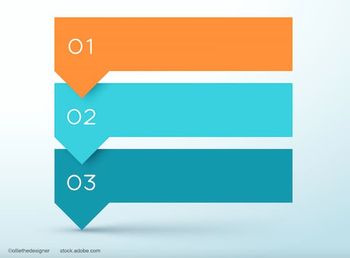
Early uncorrected vision a critical outcome for modern cataract surgery
Rapid recovery of clear uncorrected vision is an important and valid goal of contemporary cataract surgery, said Robert Osher, MD, at the European Society of Cataract and Refractive Surgeons meeting.
ParisRapid recovery of clear uncorrected vision is an important and valid goal of contemporary cataract surgery, said Robert Osher, MD, at the European Society of Cataract and Refractive Surgeons meeting.
"While historically, evaluation of long-term vision was the standard measure for evaluating outcomes of cataract surgery, advances in surgical technique and technology offer unprecedented early return of clear vision. Now, measuring best-corrected visual acuity (BCVA) at 5 weeks, 8 weeks or later, is like diagnosing pregnancy at 9 months -- it is a very poor and insensitive parameter," Dr. Osher said.
He presented the results of a study conducted at the Cincinnati Eye Institute, Cincinnati, OH, evaluating uncorrected visual acuity (UCVA) at postoperative Day 1 and at the fifth postoperative week in 100 eyes. All patients underwent three types of biometry measurements preoperatively. The surgical technique included a superotemporal near clear incision, slow motion phaco, Healon V (Advanced Medical Optics) as the viscoelastic, and implantation of the AcrySof single-piece IOL SA60AT (Alcon Laboratories).
On the first day after surgery, 98% of eyes had UCVA of 20/40 or better and UCVA was 20/25 or better in 49% of eyes. Of the 49 eyes that had UCVA of 20/30 or 20/40, 29 improved to achieve UCVA of 20/25 at week 5, 17 were unchanged, and 3 worsened to worse than 20/40. Overall, at week 5, 77% of eyes had UCVA of 20/25 or better.
Dr. Osher listed a number of reasons to support the importance of striving to achieve good early UCVA. From the patient's perspective, such rapid visual recovery is very satisfying and also enables early identification of changes in sight that might be a sign of a complication.
In addition, early uncorrected vision results allow critical assessment of new techniques and technology.
"Only by evaluating this most sensitive parameter of our surgical outcome can we put changes in our operating room to the test," Dr. Osher said.
Furthermore, it provides an excellent measure of self-critique for cataract surgeons.
"We all look like heroes if we evaluate BCVA at 5 weeks, and so that endpoint provides little incentive for ongoing self-examination and to strive for improvement," he commented.
Newsletter
Don’t miss out—get Ophthalmology Times updates on the latest clinical advancements and expert interviews, straight to your inbox.














































.png)


